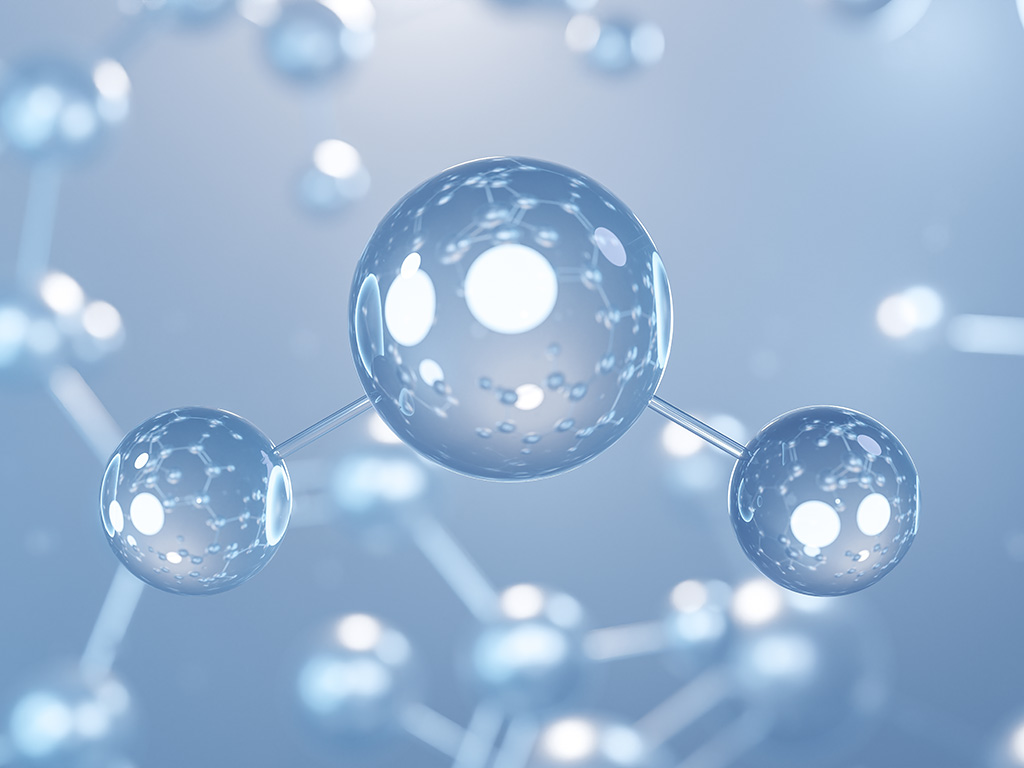Nano-size carbon material could be used to treat Down syndrome

SergeiShimanovich/shutterstock.com
Scientists at the Texas A&M University Health Science Center (Texas A&M Health) have discovered that a nano-sized carbon material derived from the oxidation of carbon-rich sources could be used to treat Down syndrome and other disorders associated with high levels of hydrogen sulfide.
Hydrogen sulfide (H2S) is mainly known as a byproduct of petroleum production that is characterized by a “rotten eggs” smell. This noxious gas is also naturally produced from the anaerobic decomposition, or fermentation, of organic matter—when bacteria break down animal manure, food wastes and other organic matter in the absence of oxygen. Hydrogen sulfide is synthesized in living organisms, where it plays a vital role in bone, brain, liver and kidney function, as well as regulating the dilation of blood vessels and supplementing the electron transport chain.
One of the most well-known conditions associated with high levels of hydrogen sulfide is Down syndrome. This genetic disorder is associated with a decline in function of many systems over time, including the musculoskeletal and nervous systems. Previous studies have hypothesized that reducing the levels of circulating H2S may improve function in individuals with Down syndrome. However, hydrogen sulfide is necessary for normal biological function, so directly inhibiting synthesizing enzymes could be detrimental.
An innovative and collaborative study led by Dr. Thomas A. Kent, Robert A. Welch Chair Professor at the Texas A&M Health Institute of Biosciences and Technology and the Texas A&M University School of Medicine, reveals how a nano-sized carbon material derived from the oxidation of various carbon-rich sources can act as a mediator of several therapeutic reactions and improve outcomes in experimental models ranging from stroke, bleeding, trauma and mitochondrial toxins. This paper, published in the high-impact journal Advanced Materials, highlights the ability of the carbon nanomaterial to improve function and survival in Down syndrome-derived cells.
The research describes how readily synthesized carbon nanomaterials can provide a novel approach to treat disorders of toxic levels of hydrogen sulfide in disorders like Down syndrome and many others. Rather than blocking its production, hydrogen sulfide is converted into its metabolites that offer many favorable functions such as modifying proteins to improve their ability to act as antioxidants. These materials act as synthetic nano-sized enzymes, termed nanozymes, that so far have not shown any apparent toxicity in several different experimental models and are well tolerated while protecting from both acute and chronic injuries.

